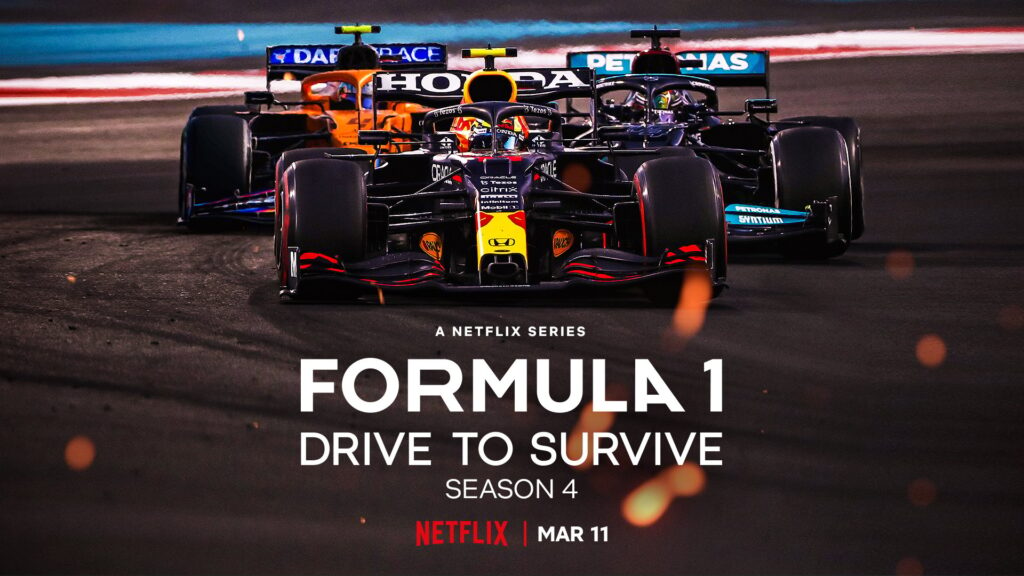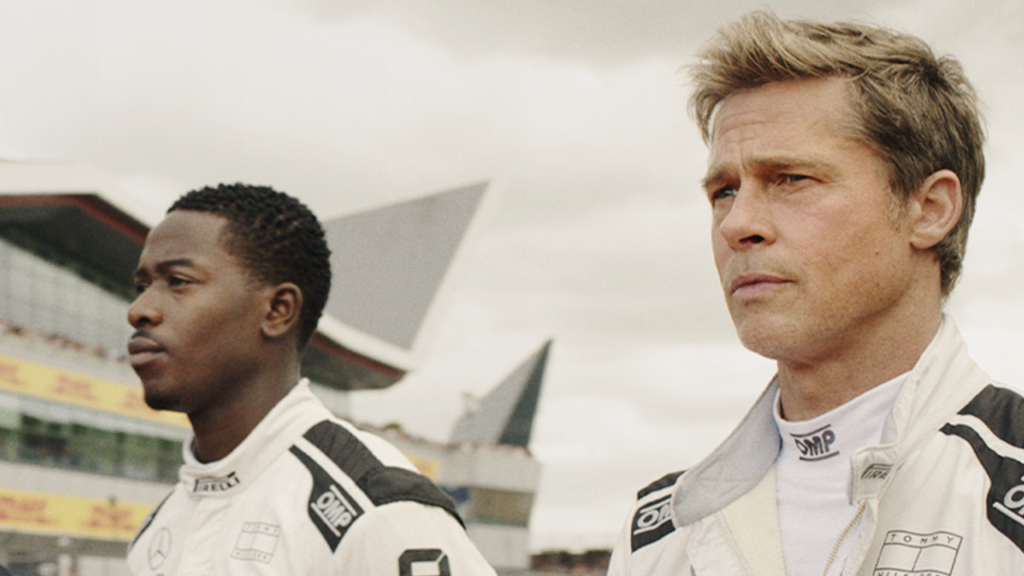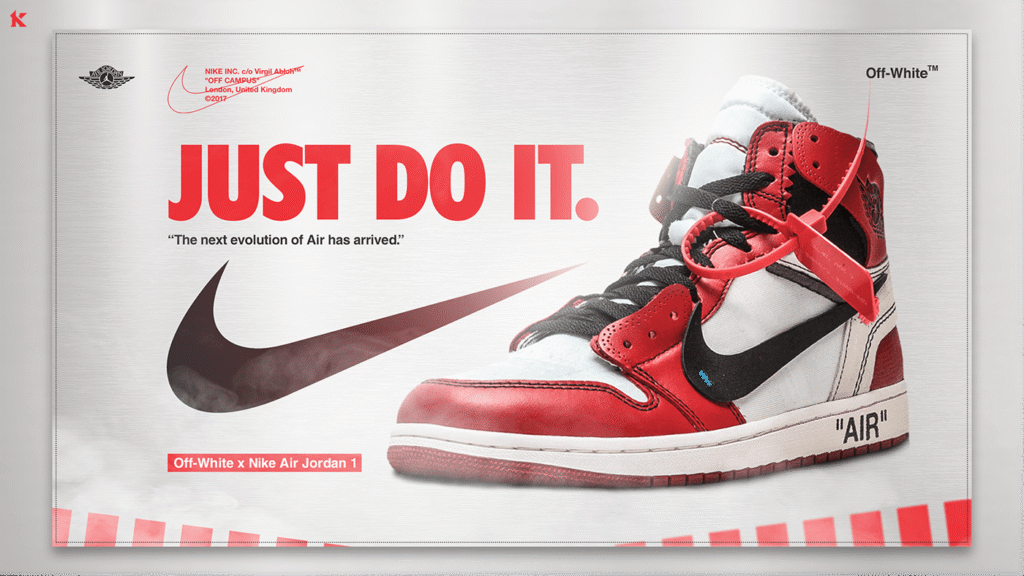When Brad Pitt’s F1 movie roars into theaters on June 27, 2025, it will represent far more than just another summer blockbuster. This $300 million spectacle, featuring real F1 drivers and filmed during actual Grand Prix weekends, is the ultimate validation of Liberty Media’s radical transformation of Formula 1 from a stuffy European motorsport into a global entertainment phenomenon.
The timing couldn’t be more perfect. After eight years of methodically rebuilding F1’s brand identity, Liberty Media has created the ideal moment for Hollywood to tell the sport’s story. But to understand why this movie matters so much, we need to examine the dramatic before-and-after story of F1’s corporate evolution.
The Ecclestone Era: F1 as Exclusive Club
Before Liberty Media’s 2017 acquisition, Formula 1 operated under the iron grip of Bernie Ecclestone, who had controlled the sport’s commercial rights since the 1970s. Ecclestone’s F1 was deliberately exclusive, designed for a select audience of wealthy enthusiasts rather than mass appeal.
The old F1 strategy was built on scarcity and elitism. Television coverage was restricted to traditional broadcasters with hefty price tags, keeping races behind paywalls. Digital presence was virtually non-existent—F1’s social media strategy consisted of occasional press releases and race highlights that felt more like corporate announcements than entertainment content.
Fan engagement was minimal by design. Ecclestone famously dismissed younger audiences, once saying he wasn’t interested in attracting 16-year-olds because “they don’t buy Rolexes.” This philosophy created a sport with incredible prestige but shrinking relevance. By 2016, F1 had 40% fewer TV viewers than eight years earlier, a catastrophic decline for any entertainment property.
The paddock itself reflected this exclusive mentality. Access was strictly controlled, with minimal behind-the-scenes content and drivers who remained distant figures rather than relatable personalities. F1 felt more like a private members’ club than a global sport trying to compete with the NFL, NBA, or Premier League for attention.
Industry experts believe this Hollywood partnership represents a fundamental revolution in how sports can transcend their traditional boundaries and become true entertainment franchises, with F1’s approach potentially reshaping the entire sports industry.
Liberty's Digital Revolution: From Boardroom to Living Room
When Liberty Media acquired F1 for $4.4 billion in 2017, they immediately recognized the untapped potential. According to a Forbes valuation in January 2023, F1’s enterprise value had grown 114% under Liberty’s ownership, but the financial success only tells part of the story.
Liberty’s first major move was a complete digital overhaul. Liberty Media’s new approach included an increased presence on various social media platforms, in order to bring fans closer to the product, to provide them with a more immersive experience. This wasn’t just about posting more content—it was about fundamentally changing how F1 communicated with the world.
The transformation was immediate and comprehensive. Liberty Media implemented a full rebranding for the series, including an entirely new logo, new TV graphics, new fonts, a new audio sting to announce team radio clips – and even a brand new specially-composed theme song. Every touchpoint was redesigned to feel modern, accessible, and exciting.
Social media became F1’s secret weapon. Instead of the corporate-speak of the Ecclestone era, Liberty introduced behind-the-scenes content, driver personalities, and real-time race drama. Suddenly, fans could see drivers as people, not just helmet-wearing speed demons. The sport began attracting younger demographics who discovered F1 through Instagram stories and TikTok clips rather than traditional television.
The Netflix Effect: Setting the Hollywood Stage
Perhaps Liberty’s most transformative decision was partnering with Netflix for “Drive to Survive.” Launched in 2019, the documentary series did something unprecedented: it made F1 drivers into characters with storylines, rivalries, and personal stakes that transcended racing results.
“Drive to Survive” didn’t just document F1—it narrativized it. Episodes focused on team dynamics, personal relationships, and the human drama behind the helmets. This approach turned casual viewers into invested fans who cared about driver rivalries and team politics as much as lap times.
The series created a template for how F1 could work as entertainment rather than just sport. It proved that audiences were hungry for F1 content when presented in accessible, story-driven formats. This success directly influenced Liberty’s willingness to green-light a major Hollywood production.

From Streaming to Silver Screen: The Brad Pitt Gamble
The F1 movie, starring Brad Pitt and produced by Lewis Hamilton, will premiere on June 27, 2025. But this isn’t just another sports movie—it’s a $300 million bet on F1’s mainstream appeal, something that would have been unthinkable during the Ecclestone era.
The film features scenes filmed on location at races over the past two years, representing an unprecedented level of cooperation between Hollywood and the sport itself. The action flick features cameos from real F1 drivers and high-speed scenes with Pitt behind the wheel of a modified F2 car, blurring the lines between fiction and reality in ways that amplify F1’s authenticity.
The movie’s production strategy mirrors Liberty’s broader approach: use real F1 events as content creation opportunities. Instead of disrupting races, the filming became part of the spectacle, with fans getting behind-the-scenes glimpses of Hollywood production alongside their regular racing content.
What the Movie Launch Means for F1’s Brand
Brad Pitt is earning strong first reactions for his summer racing movie “F1,” in theaters June 27, suggesting the film could be a major commercial success. For Liberty Media, this represents the culmination of their entertainment-first strategy.
The movie serves multiple strategic purposes. First, it’s a massive marketing campaign disguised as entertainment. Every trailer, interview, and review exposes F1 to audiences who might never watch a race. Second, it validates F1’s cultural relevance—Hollywood doesn’t invest $300 million in niche sports.
Most importantly, the movie establishes F1 as a lifestyle brand rather than just a racing series. By associating with A-list talent and major studio production values, F1 positions itself alongside other premium entertainment properties that transcend their core content.
The Broader Entertainment Ecosystem
Liberty has built an entire entertainment ecosystem around F1. Beyond the movie, they’ve expanded into gaming, fashion partnerships, music festivals, and experiential events. The Las Vegas Grand Prix, which debuted in 2023, exemplifies this approach—it’s as much about the spectacle and celebrity attendance as the racing itself.
This ecosystem approach means F1 content works across multiple platforms and demographics. Younger fans might discover F1 through TikTok, get hooked on “Drive to Survive,” attend a race as a social event, and then see the movie as the natural next step in their F1 journey.
The movie also opens doors for future Hollywood collaborations. If successful, it could lead to streaming series, documentaries about specific drivers or teams, or even fictional shows set in the F1 world. Liberty has created a template for how sports properties can work with entertainment companies.
The Future of Sports Entertainment
The Brad Pitt F1 movie represents more than just a single film—it’s a proof of concept for how sports properties can evolve in the streaming age. Liberty has demonstrated that traditional sports can successfully transform into multi-platform entertainment brands without losing their core identity.
This approach is already influencing other sports. The success of “Drive to Survive” has inspired similar documentary series across different sports, while the F1 movie could encourage other leagues to explore Hollywood partnerships.
For F1 specifically, the movie’s success could accelerate Liberty’s expansion plans. More races in entertainment-focused markets, additional streaming content, and deeper integration with popular culture all become more feasible if the movie proves F1’s mainstream appeal.
Conclusion: The Checkered Flag as Starting Line
As Brad Pitt’s F1 movie prepares to hit theaters, it marks not an ending but a beginning. Liberty Media has spent eight years building the foundation for F1’s entertainment future, and this movie is their first major test of that vision’s commercial viability.
The stakes couldn’t be higher. Success could establish F1 as the premier sports entertainment brand, opening doors to expanded media partnerships, global market expansion, and cultural influence that extends far beyond racing. Failure could expose the limits of sports-entertainment crossover and force a reevaluation of Liberty’s entire strategy.
But based on the transformation we’ve witnessed since 2017, the smart money is on Liberty knowing exactly what they’re doing. They’ve already proven they can turn a declining European motorsport into a global phenomenon. Now they’re betting they can turn that phenomenon into a Hollywood blockbuster.
When the lights go out on June 27, 2025, it won’t just be the start of another movie—it’ll be the moment we see whether Liberty Media’s ultimate gamble pays off. For F1, this isn’t just about one film. It’s about proving that the future belongs to sports that think like entertainment companies, and entertainment companies that understand the power of authentic sporting drama.
The checkered flag is waving, but for F1’s Hollywood ambitions, this is just the starting line.




